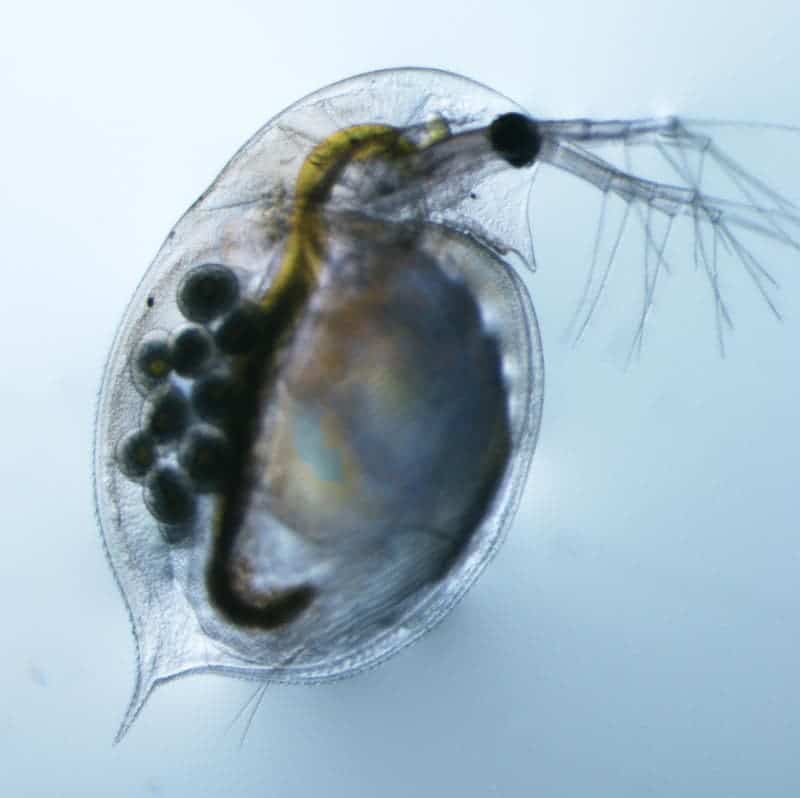A team of evolutionary biologists at Indiana University has shown for the first time that asexual lineages of a species are doomed not necessarily from a long, slow accumulation of new mutations, but rather from fast gene conversions which unmask preexisting genetic mutations.
The groundbreaking research started with the sequencing of the entire genomes of 11 sexual and 11 asexual genotypes of Daphnia pulex – more commonly known as the water flea. This animal is used as a model for reproductive studies. The team discovered that every asexual organism shares common combinations of allelles (an alternative form of the same gene or the same genetic locus) for two different chromosomes transmitted by asexual males without recombination.
The whole thing spreads just like a contagious disease – although females become asexual, their sons need not be, and they spread the gene for asexuality further.
“One might think of this process as a transmissible asexual disease,” Lynch said. Exposure of pre-existing, deleterious alleles is, incidentally, a major cause of cancer, he added.
In the same study, they moved the age of the entire asexual radiation for D. pulex from millions of years to somewhere between 1.000 and 172.000 years. Some current asexual lines, Lynch explained, are only decades old.
“A pond of asexual daphnia may go extinct quite rapidly owing to these deleterious-gene-exposing processes, but the small chromosomal regions responsible for asexuality survive by jumping to new sexual populations where they again transform the local individuals to asexuality by repeated backcrossing,” Lynch said. “Soon after such a transformation, the processes of gene conversion and deletion restarts, thereby again exposing resident pre-existing mutations leading to another local extinction event. As far as the sexual populations are concerned, asexuality is infectious, spreading across vast geographic distances while undergoing no recombination.”
The team was also able to separate the genetic cause of asexuality – as it turns out, the entire line stems from a sister species, Daphnia pulicaria, possibly through a strange, unique hybridization event that brought the change.
“It is the contents of two non-recombining chromosomes derived from D. pulicaria that induce asexuality after male transmission of the otherwise asexual lineages,” Lynch said.










